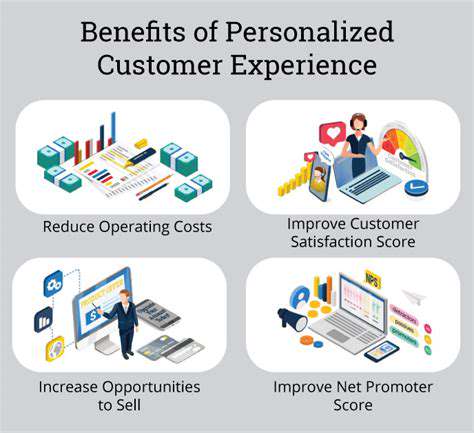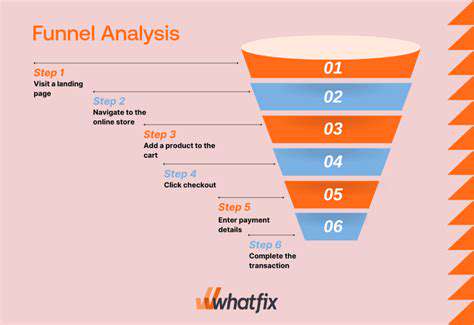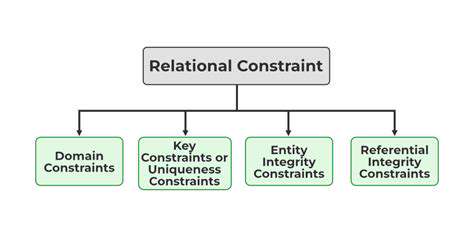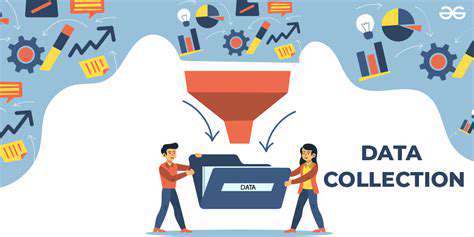Privacy by Design in Marketing Campaigns

Utilizing Anonymization and Pseudonymization Techniques
Understanding Anonymization
Anonymization serves as a cornerstone of privacy-by-design strategies, transforming data to eliminate direct identifiers that could link records to specific individuals. This irreversible process safeguards personal information by obscuring sensitive attributes such as names, addresses, and other identifying markers. Implementing proper anonymization demands thorough examination of each dataset and consideration of potential re-identification risks, even with basic transformations. Many organizations adopt this approach to satisfy regulatory demands and preserve public confidence in their data management systems.
While anonymization strips away obvious identifiers, professionals must remain vigilant about residual data patterns. Seemingly anonymous datasets can sometimes expose sensitive details through indirect correlations or behavioral patterns within the information. A comprehensive understanding of these hidden risks proves essential for achieving true anonymization.
Pseudonymization Explained
Pseudonymization offers a more flexible alternative by substituting identifying elements with artificial identifiers. This method preserves the data's analytical value while storing the original identifiers separately under strict security measures. Unlike anonymization, pseudonymized data maintains the potential for reconnection to its source, providing a practical middle ground between privacy protection and data utility that supports various research and business applications.
Practical Applications of Anonymization
Healthcare institutions frequently employ anonymized patient records to study epidemiological trends without compromising individual privacy. Financial analysts rely on anonymized transaction histories to detect fraudulent activities while protecting customer identities. Marketing departments utilize anonymized consumer profiles to refine product offerings while respecting privacy boundaries. These applications demonstrate anonymization's versatility across industries where data utility must coexist with privacy requirements.
Challenges in Implementing Anonymization
Data professionals encounter several obstacles when anonymizing information. Advanced computational techniques sometimes enable re-identification of supposedly anonymous data, requiring continuous refinement of anonymization methods. The process also demands specialized technical expertise to ensure complete removal of identifying characteristics while maintaining the data's functional value. These complexities underscore the need for meticulous planning and execution to meet both operational needs and regulatory standards.
Pseudonymization in Data Sharing
Interorganizational data collaboration benefits greatly from pseudonymization strategies. Research partnerships and service improvement initiatives can proceed without exposing personally identifiable information. By implementing robust pseudonymization protocols, entities can unlock valuable insights while upholding their ethical obligations to protect individual privacy. This approach has become particularly valuable in sectors requiring extensive data sharing for innovation and service enhancement.
Data Anonymization and Legal Compliance
Modern privacy regulations like GDPR and HIPAA establish stringent requirements for personal data protection. Proper anonymization helps organizations demonstrate compliance while avoiding costly penalties. Legal teams must work closely with data specialists to interpret regulatory language and implement appropriate anonymization standards. The financial and reputational consequences of inadequate anonymization make this a critical operational priority for data-driven organizations.
Importance of Data Minimization
The principle of data minimization advocates collecting only essential information and promptly removing unnecessary records. This practice naturally complements anonymization and pseudonymization by reducing the potential attack surface for privacy breaches. When combined with proper de-identification techniques, data minimization creates a powerful defense against unauthorized access and accidental disclosures. Organizations adopting this comprehensive approach establish stronger privacy foundations while maintaining operational efficiency.

Read more about Privacy by Design in Marketing Campaigns
Hot Recommendations
- Senior Travel Discounts and Deals
- Personalized Travel for Different Seasons and Climates
- Honeymoon Destinations: Romantic Getaways for Newlyweds
- Mythical Places: Journeys to Legendary Locales
- The Future of Travel Agents in an Automated World
- Sustainable Design for Tourist Infrastructure
- Combatting Illegal Wildlife Trade Through Travel Awareness
- The Best Beaches for Relaxation and Sunbathing
- Marine Conservation: Diving into Responsible Ocean Travel
- Measuring the Social Impact of Tourism











